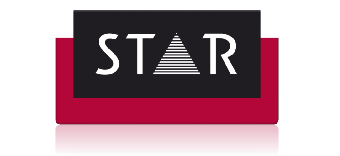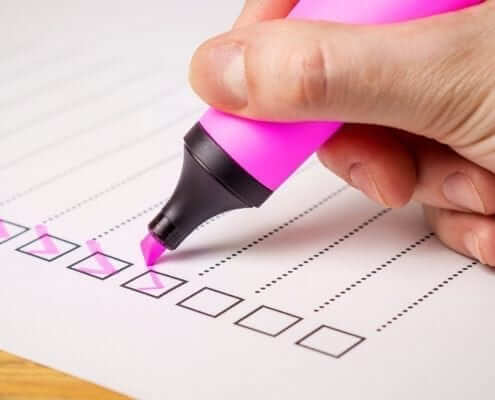How to use inverted commas and quotation marks
Inverted commas or quotation marks are punctuation marks used in pairs to mark off speech, a quotation, a phrase or a word. Both single (‘…’) and double (“…”) quotes are correct. Double quotation marks are preferred in US English, while both single and double quotation marks are used in British English. The important thing is to be consistent. If a phrase opens with single quotation marks then it must also close with single marks.
Here are some general guidelines on how to use inverted commas.
Direct Speech
Quotation marks must be used to enclose direct speech or a direct quote:
-The teacher said, “Class is dismissed.”
They are not used for indirect speech, where what someone said is paraphrased:
-The teacher said that the class was dismissed.
If quoted text is interrupted, a closing quotation mark is used before the interruption, and an opening quotation mark after. Commas are also usually used before and after the interruption.
-“Please sit down,” the teacher said, “the class has not ended.”
Titles
Inverted commas are usually used for the titles of shorter works such as the titles of songs, short stories, essays, articles and poems. Whether these are single or double is a matter of style, although single quotation marks are often preferred for poetry.
Italics are generally used for the titles of books, magazines or newspapers.
Quotations within Quotations
Depending on whether the original quotation is enclosed in single or double quotation marks, use the other form to enclose a title, piece of dialogue or direct quote that appears within the quotation:
-“I overheard him shout, ‘Please close the door.’” Michael said.
The end of the sentence has two separate sets of inverted commas: a single mark to end the quotation and a double mark to close the quoted speech.
Marks of Punctuation used with Quotation Marks
British and US usage of punctuation with inverted commas is the same for question marks, exclamation marks, colons and semicolons but varies for commas and full stops.
When a semicolon or a colon appears at the end of a quotation, put it outside the quotation mark:
-I heard the assistant say, “The customer service desk is on the 1st floor”; however, I didn’t hear him say, “The desk is currently closed.”
When a question mark or an exclamation mark appears at the end of a quotation, put it inside the quotation mark if it belongs to the quotation:
-Claire said, “I’d like to watch Who’s Afraid of Virginia Woolf?”
If it does not belong to the quotation, put it outside the quotation mark:
-Did you sing, “Happy Birthday”?
In the US, commas and full stops are nearly always placed inside closing quotation marks. This is also used in British English in fiction and journalism:
-“Sometimes,” George replied, “I prefer to cycle to work.”
In British English, it is standard to include within quotation marks any punctuation marks that appeared in the quoted material, but to place other punctuation outside the closing quotation marks.
-“Sometimes”, Laura said, “I walk to work with a colleague.”
Sarcasm, irony and the non-standard use of words
A common use of inverted commas is to highlight ironic or sarcastic words in a sentence:
-He is wearing a very “fashionable” jacket.
-The secretary called in “sick” today.
Quotation marks can be used to indicate that the writer is using a word in a non-standard or unusual way:
-The study shows that the drug “knows” which cells to target.
They can also draw attention to slang, jargon or humorous usage.
-The police blamed the spate of attacks on the rise of “happy slapping”.
A writer can also use quotation marks to distances themselves from the terminology used, whether because the term is not correct or is controversial.
Incorrect Usage
Quotes are sometimes used incorrectly for emphasis where underlining or italics would be preferable. This can unwittingly alter the meaning of the text by suggesting that the word does not carry its true meaning:
-“Free” cookie with every child’s meal
-“Fresh” fish and chips


